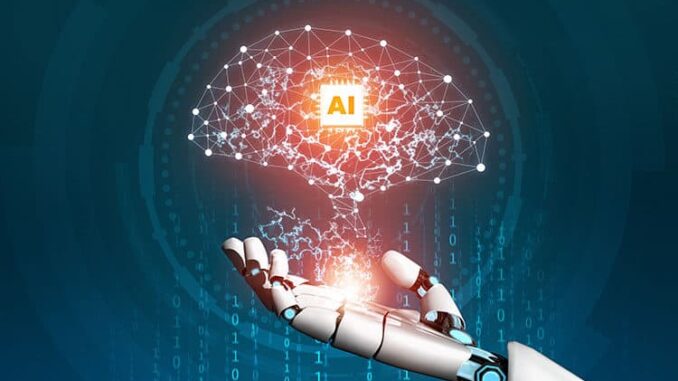
Effective human-AI collaboration can lead to improved efficiency, better decision-making, and innovative solutions across various sectors. Here are several best practices to foster this collaboration:
### 1. **Clear Objectives and Roles**: – **Define Goals**: Clearly articulate the objectives of the collaboration, ensuring both human and AI roles are aligned with achieving these goals.











– **Role Responsibilities**: Establish well-defined roles for humans and AI, specifying what tasks each is responsible for.
### 2. **User-Centric Design**:
– **Involve Users Early**: Engage potential users during the design and development process to ensure the AI tools are intuitive and cater to the users’ needs.
– **Feedback Mechanisms**: Implement systems for users to provide feedback on AI performance to facilitate continuous improvement.
### 3. **Training and Education**:
– **Skill Development**: Offer training programs for employees to learn how to effectively work with AI tools, emphasizing critical thinking and data interpretation.
– **Ongoing Learning**: Promote a culture of continuous learning as AI technologies evolve, ensuring that employees stay updated on new tools and techniques.
### 4. **Promote Trust and Transparency**:
– **Explainable AI**: Utilize AI systems that offer explanations for their decisions, helping users understand how conclusions are reached.
– **Build Trust**: Foster trust in AI systems by ensuring accuracy and reliability through rigorous testing and validation.
### 5. **Encourage Collaboration and Communication**:
– **Collaborative Systems**: Design AI systems that facilitate collaboration among team members rather than forcing users to work in silos. This might include shared dashboards or collaborative AI tools.
– **Regular Check-Ins**: Encourage regular discussions between AI developers, users, and stakeholders to assess effectiveness and address challenges.
### 6. **Address Ethical Concerns**:
– **Ethical Guidelines**: Establish ethical guidelines to govern how AI is used, ensuring that privacy, fairness, and accountability are prioritized.
– **Diversity and Inclusion**: Incorporate diverse datasets and perspectives in AI development to minimize bias and enhance relevance.
### 7. **Integrate Human Intuition**:
– **Leverage Human Insight**: AI should be used to augment human decision-making, combining data-driven insights with human intuition, experience, and ethical considerations.
– **Empower Users**: Train users to critically evaluate AI outputs and make decisions that reflect both data insights and human judgment.
### 8. **Iterative Improvement**:
– **Feedback Loops**: Implement mechanisms for iterative learning, where both AI systems and human practices can be refined based on performance and feedback.
– **Adaptability**: Foster an environment where both AI and human roles can adapt as requirements change, ensuring ongoing relevance and effectiveness.
### 9. **Measure Success**:
– **Metrics and KPIs**: Establish key performance indicators (KPIs) to measure the success of human-AI collaboration, allowing for data-driven assessments of effectiveness.
– **Adjust Strategies**: Be willing to adjust strategies and interventions based on performance data and feedback.
### 10. **Foster a Culture of Collaboration**:
– **Encouragement for Innovation**: Create an organizational culture that encourages experimentation and innovation with AI technologies.
– **Celebrate Successes**: Recognize and celebrate collaborative successes between humans and AI to reinforce the benefits of working together.
By implementing these practices, organizations can enhance the synergy between human intelligence and artificial intelligence, leading to more effective collaboration and better outcomes in various fields.


Leave a Reply